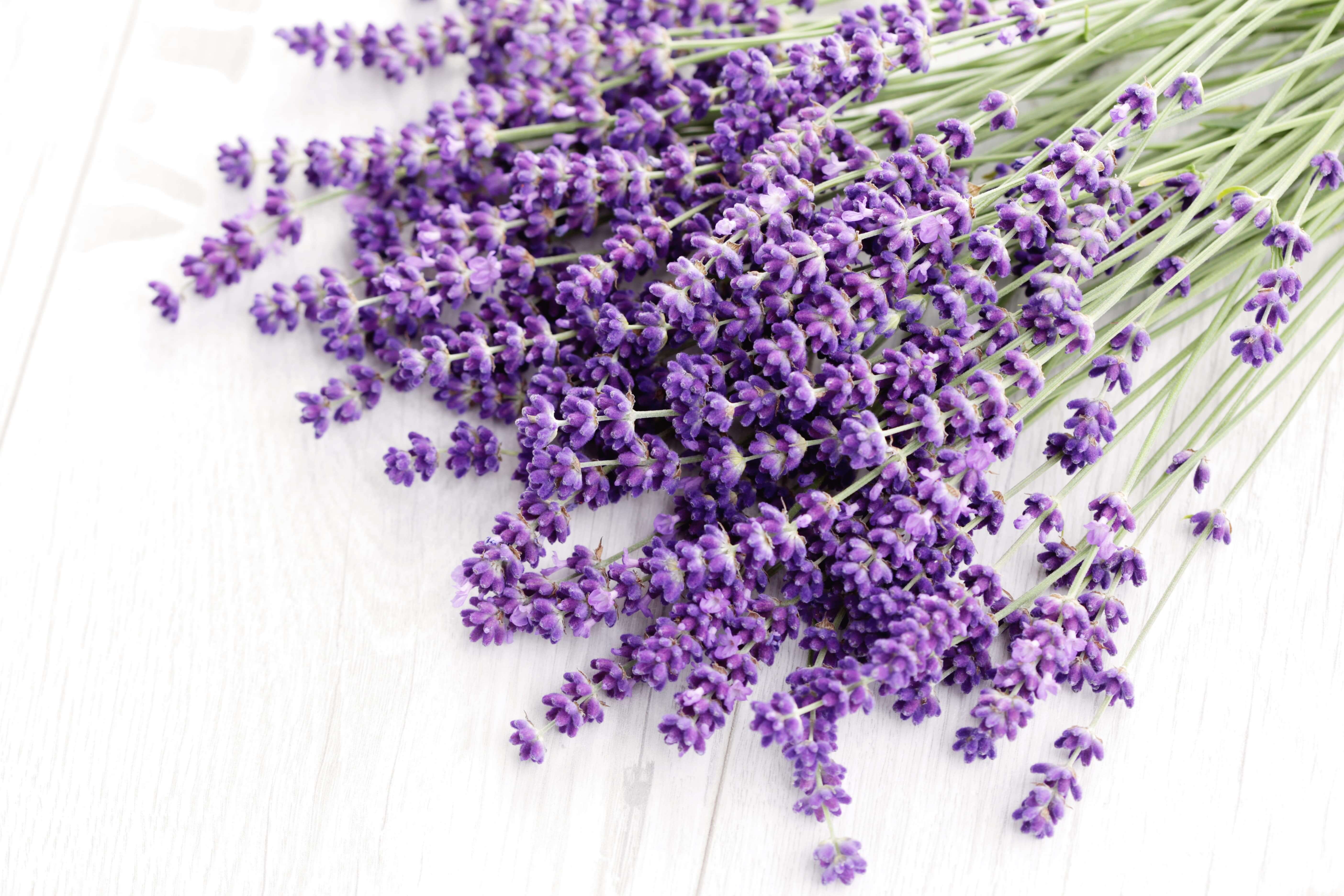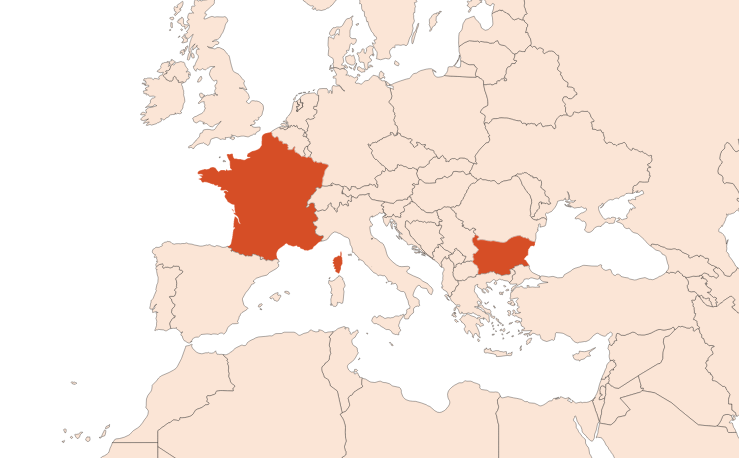Lavandin Grosso EO
Naturelle
Herbal > Lavender > Fresh Flowers > Camphoric

Crédits photo: ScenTree SAS
Latin name :
Lavandula hybrida
Botanical profile :
Lavendin is a plant belonging to the Labieae family and the Lavandula genus.
Geographic origin :
Lavandin production is centralized in the South of France, in Provence.
Chemotypes :
It is a hybrid between lavender (Lavandula angustifolia) and aspic (Lavandula latifolia). Depending on the degree of hybridization of the two lavenders, four different lavenders result: Grosso, Abrialis, Sumian and Super. These varieties are differentiated by their rate of Camphor and Eucalyptol (in ascending order: Super, Grosso, Abrialis, Sumian) and their ester ratio (reverse order). Lavandin Grosso is the most produced because it grows much faster than the other varieties. The smell of lavandin is more camphorated than Lavender EO, but less than the aspic.
Extraction process :
Introduced in France in the 1920s, lavandin is a herbaceous sub-shrub, slightly higher than lavender, with evergreen leaves and flowers with three blue-purple spikes that blooms from July-August. The production of lavandin requires a certain altitude, located between 600 and 1500 meters.
The cultivation and extraction are done in August-September. The Lavandin extraction process is called ''ground green '' which means that it is done directly after cutting. Once they are ground, the plants are grouped in the distillation tank. The smell of the absolute is greener and cooler than if the plant was dried in the sun before the hydrodistillation. The essential oil is collected at the end of the steam distillation, by decantation.
The extraction yield is better for lavandin than for lavender because it contains more flower heads. Its extraction yield is 120 kg of essential oil per hectare, against 40 kg of oil per hectare of cultivated lavender (Aspic has a yield of 50 kg / ha).
The annual production of lavandin grosso essential oil reaches 1200 kg. The essential oil can be rectified to be obtained without terpene. It can also be acetylated to increase its level of Linalyl Acetate if it has to be extracted later.
The cultivation and extraction are done in August-September. The Lavandin extraction process is called ''ground green '' which means that it is done directly after cutting. Once they are ground, the plants are grouped in the distillation tank. The smell of the absolute is greener and cooler than if the plant was dried in the sun before the hydrodistillation. The essential oil is collected at the end of the steam distillation, by decantation.
The extraction yield is better for lavandin than for lavender because it contains more flower heads. Its extraction yield is 120 kg of essential oil per hectare, against 40 kg of oil per hectare of cultivated lavender (Aspic has a yield of 50 kg / ha).
The annual production of lavandin grosso essential oil reaches 1200 kg. The essential oil can be rectified to be obtained without terpene. It can also be acetylated to increase its level of Linalyl Acetate if it has to be extracted later.
Major Components :
Linalyl Acetate (28-38%)
Linalool (25-35%)
Camphor (6-8%)
Eucalyptol (4-7%)
4-Terpineol (2-4%)
Beta-Caryophyllene (1-5%)
Beta-Farnesene (1-5%)
D-Limonene (1-5%)
Beta-cis-Ocimene (1-5%)
Plotter(s) : Lavandulol and Lavandulyl Acetate (0,5-1%)
Linalool (25-35%)
Camphor (6-8%)
Eucalyptol (4-7%)
4-Terpineol (2-4%)
Beta-Caryophyllene (1-5%)
Beta-Farnesene (1-5%)
D-Limonene (1-5%)
Beta-cis-Ocimene (1-5%)
Plotter(s) : Lavandulol and Lavandulyl Acetate (0,5-1%)
- Uses in perfumery :
- Useful in lavender reconstitutions, fougere, colognes and amber perfumes and for detergents and soaps.
- Other comments :
- Several markers of quality exist for lavandins. The ester level is one of them, and varies according to the lavandin varieties. The rate of eucalyptol and camphor is also a marker (for the Grosso, it is intermediate compared to other varieties).
Although it is more recent, Lavandin Grosso is the most produced. - Volatility :
- Head/Heart
- Appearance :
- Colorless liquid
- Stability :
- Solubility issues in perfumes
The esters identified in this raw material can form their corresponding acid in stability tests
The terpenes identified in this raw material can polymerize when they are oxidized - Price Range :
- €€
- Aromatherapy :
Informations provided below are taken from reference works in aromatherapy. They are given for information purposes only and can not constitute medical information, nor engage the responsibility of ScenTree.
Lavandin is known for its antimicrobial, viricidal, neurotonic and expectorant properties and is indicated in cases of infectious enterocolitis (inflammation of the intestinal mucosa), bronchitis and asthenia (physical fatigue).

Crédits photo: ScenTree SAS
- EINECS number :
- 297-385-2
- FEMA number :
- 2618
- Allergens :
- Linalool - D-Limonene - Geraniol
- IFRA :
- This ingredient is not restricted
To learn more about IFRA's standards : https://ifrafragrance.org/safe-use/library
ScenTree is solely responsible for the information provided here.



